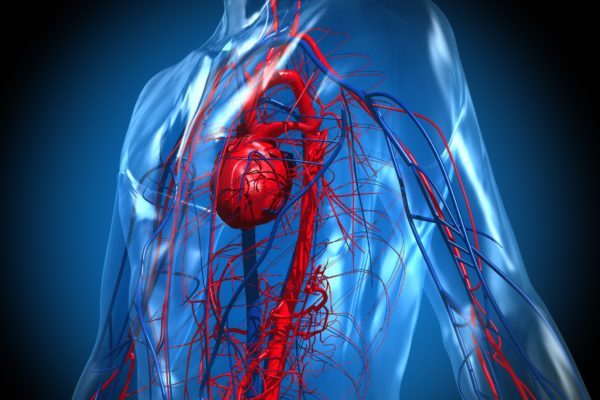Von Willebrand disease (VWD) is the most common hereditary blood-clotting disorder. As a result of this disease, bleeding occurs faster and lasts longer. In the process of coagulation (blood clotting), blood platelets (thrombocytes) as well as 20 clotting factors are involved, including the protein von Willebrand factor (vWF). In patients with von Willebrand disease, the blood coagulation is impaired due to reduced levels or reduced function of coagulation factor vWF. As a result, bleeding will persist for longer.
Von Willebrand disease is named after the Finnish physician Erik von Willebrand, who first described the disorder in 1926. In the inhabitants of the Aland islands (Finland) he found a hereditary disease of the blood resembling haemophilia. These individuals had a deficiency in the quality or the quantity of von Willebrand factor.
Most people with von Willebrand disease experience little discomfort. Nonetheless, they haemorrhage and bruise more easily, and will experience more blood loss after injury that people without VWD.
Von Willebrand disease is a hereditary defect. It is the most common bleeding disorder. VWD occurs in approximately 1% of the population and affects men and women equally. VWD is classified into various types, depending on the levels of functional vWF. Only one in 10,000 individuals actually experience symptoms.
The three different types of von Willebrand disease are:
The symptoms of Von Willebrand disease vary between individuals due to the various types of the disease. Many people only have mild signs or symptoms, or even no symptoms at all. In these cases VWD is detected by coincidence after a serious accident or after surgery. Moreover, the disease can be discovered after a family member is diagnosed with VWD. The most common sign of the disorder is abnormal bleeding, such as frequent and long lasting nosebleeds, heavy or long menstrual bleeding, and bruises.
The intensity of the symptoms may vary and partly depends on hormonal fluctuations, stress, and potential infections. These factors can direct the body to produce higher levels of von Willebrand factor than normal or deposit the protein in the vascular system.
The most common symptoms are:
In severe Von Willebrand disease (type 3) patients can experience bleedings in joints and within muscles and soft tissue, resembling other blood clotting disorders (haemophilia). The difference between VWD and haemophilia, however, is the nature of the bleeding, the heredity, and the cause of the clotting disorder.
Von Willebrand disease is a hereditary disorder. In most cases people inherited the disorder from a parent. In rare cases the disorder is the result of a spontaneous defect (mutation) in the DNA (genetic material). When you have the abnormal gene for von Willebrand factor, the levels of this coagulation factor are low, or the protein does not work properly. VWF plays an important role in the clotting of the blood. Normally, vWF is present in the blood plasma, the vascular wall, and the blood platelets. After an injury, the protein ensures the attachment of platelets to the vessel wall and to each other, after which the wound develops a fibrinous cap (scab) and the bleeding stops. People with reduced vWF levels or functionally abnormal vWF experience problems in the clotting of the blood and will therefore have longer bleeding times.
Von Willebrand factor carries an additional substance, called factor VIII, that helps stimulate clotting. Many individuals with VWD also have reduced levels of factor VIII. The gravity of the disease is dependent on the levels of von Willebrand factor and factor VIII.
Because many people with von Willebrand disease have mild signs and symptoms, the condition can be difficult to diagnose. When a doctor suspects a patient may have Von Willebrand disease, he or she may be referred to a blood disorder specialist (haematologist) for research and tests:
Even though von Willebrand disease is a lifelong condition with no cure, treatment can help prevent or stop bleeding episodes. The treatment depends on the type and severity of the disease. With timely adequate treatment people with Von Willebrand disease have a normal life expectancy.
Patients with type 1 disease generally do not need treatment. However, they do need to consider precautionary measures preceding surgery and dental treatments. Treatment with a nasal spray with desmopressin (DDAVP) preceding dental treatment can prevent bleeding during the intervention. Desmopressin stimulates the body to release more von Willebrand factor and coagulation factor VIII.
Desmopressin can also be given to patients with type 2 or 3 Von Willebrand disease, but is usually less effective. Replacement therapies are an alternative option for people who do not respond on desmopressin. These include infusions of concentrated blood-clotting factors containing vWF and factor VIII. Patients with type 3 disease always get (prophylactic) treatment with vWF/FVIII concentrates.





Notifications